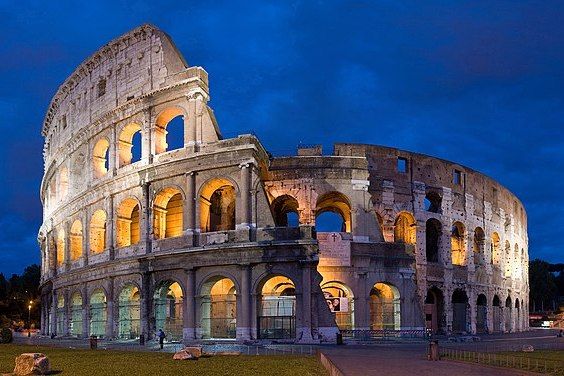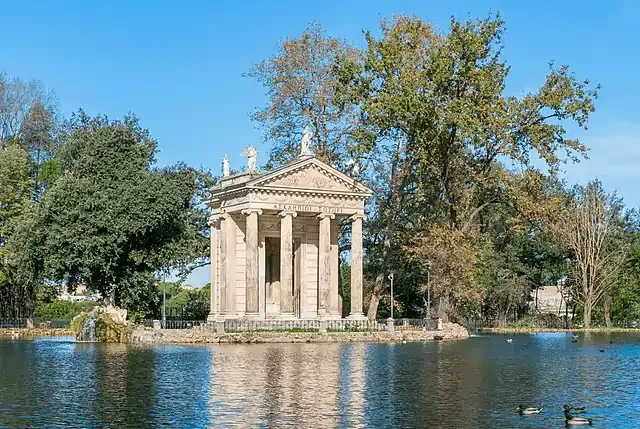A Stroll Through History: the Appian Way in Rome
It's the oldest road in Rome!
Rome, often referred to as the "Eternal City," is a treasure trove of ancient history and architectural marvels. Among its many iconic landmarks, the Appian Way, or Via Appia Antica, stands out as a symbol of Rome's rich past. This ancient road, extending from the heart of Rome to the southern regions of Italy, offers a unique journey through time.

What is the Appian Way?
The Appian Way, or Via Appia Antica, is one of the oldest roads of Rome. This long road was commissioned in 312 B.C. by the Roman censor Appius Claudius Caecus. The road connected Rome to the strategic port city of Brindisi in southeastern Italy, and served as an important road for the transport of troops during the Second Samnite War, and also to facilitate trade.
Today, the Appian Way is a tourist attraction with a protected archaeological park, allowing visitors to walk in the footsteps of ancient Romans and experience the beauty of its well-preserved ruins.
How long is the Appian Way?
In its entirety, the Appian Way had spanned 350 miles (563km).
Today, parts of the road has been reconstructed and is no longer accessible. What is available for visitors is a stretch that is close to 10 miles (~16km). The stretch starts at Porta San Sebastiano, just a short distance away from The Colosseum.
Take a stroll through the Appian Way, take in the scenery, and discover iconic and historical sites along the way.

Highlights along the Appian Way
- Catacombs of San Callisto

There are a number of tombs and catacombs along the Appian Way. One of the most impressive burial sites is the Catacombs of Sancallisto. The Catacombs of San Callisto offer a fascinating glimpse into early Christian burial practices. These underground tunnels house the remains of thousands of Christians, and the intricate frescoes and decorations provide insights into ancient religious beliefs.
- Church of Domine Quo Vadis
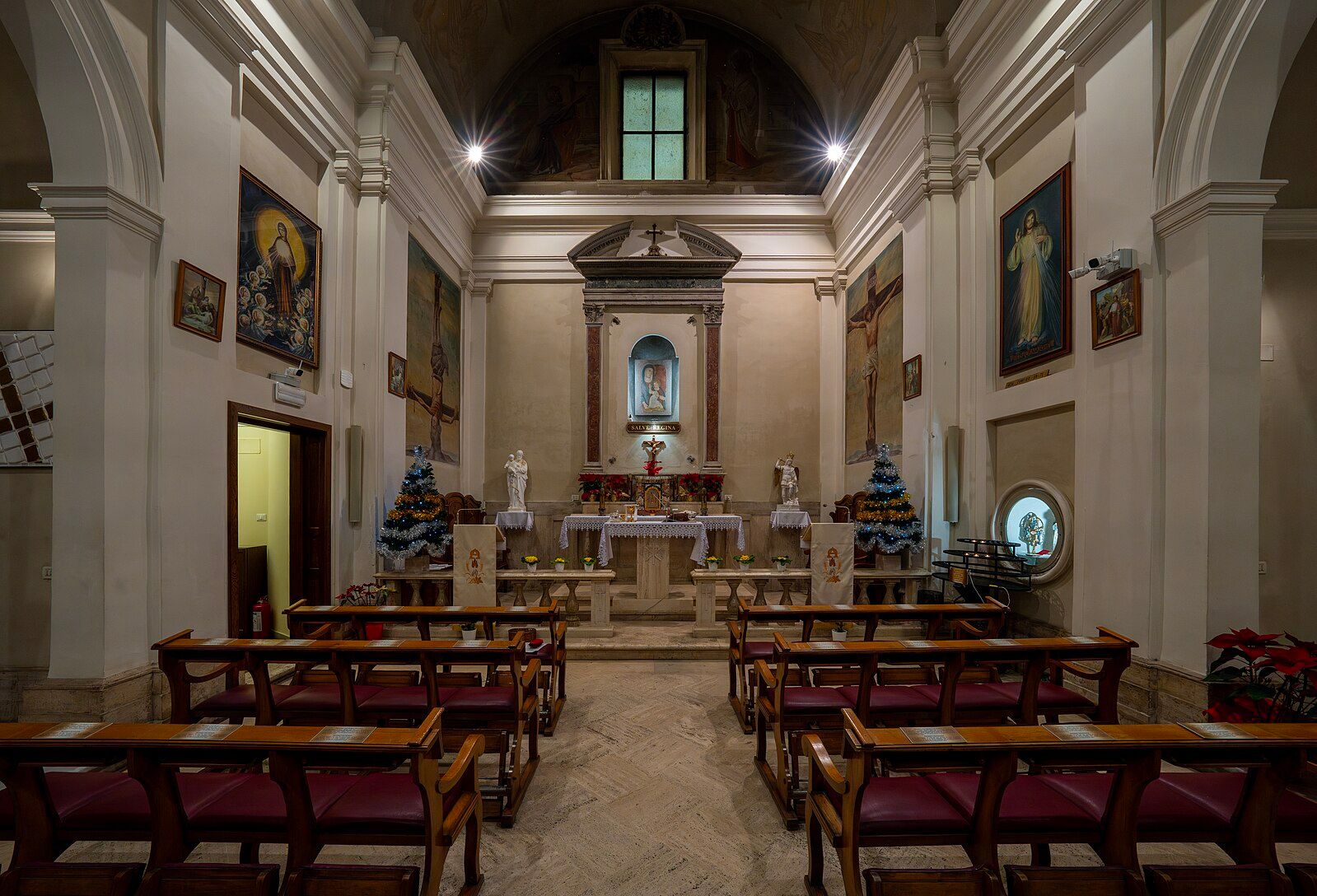
You'll encounter the Church of Domine Quo Vadis, where, according to legend, St. Peter had a vision of Christ. The church is named after the phrase "Domine, quo vadis?" (Lord, where are you going?), believed to be spoken by St. Peter during the encounter.
- Tomb of Cecilia Metella

As you walk farther along the Appian Way, you will se see an increasing number of tombs. The most famous and largest of the tombs is located about 5 kilometres away from the city, and is that of Cecilia Metella, the daughter of an important general under emperor Caesar.
- Villa dei Quintili
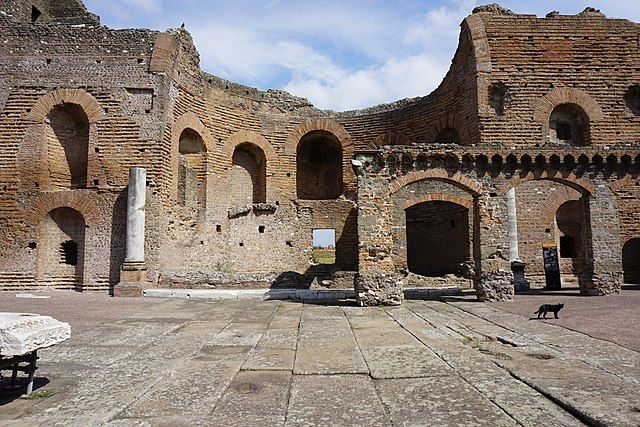
Explore the extensive ruins of Villa dei Quintili, the largest residential complex in the suburb of Rome The villa was originally built by the Quintilii brothers, who were later killed by emperor Commodus. The villa was then confiscated and used a villa and residence by the emperor.
How to Visit the Appian Way?
The Appian Way is free for visitors and you can take a walk or stroll through The Appian Way at your own pace. If you are planning to walk, make sure to wear comfortable shoes and have sufficient water with you so you keep yourself hydrated!
Guided tours are also available for a visit to the Appian Way. Guided tours are a great option for those who are interested in finding out more about the background and history of the different sites.
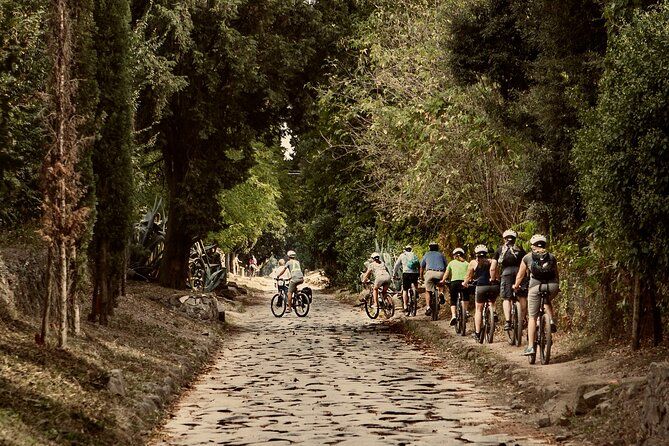
Of which, most of these are e-Bike tours, which allow you to enjoy The Appian Way without having to walk too much. It is a great option, especially if you will be traveling during the summer season where the heat is at its strongest. These tours often also include a visit to the Aqueduct Park, one of Rome's most unique public parks.
Stay Connected in Rome with a Nomad eSIM for Italy
No matter where your adventures take you, stay connected with a travel eSIM from Nomad. Nomad offers affordable data eSIMs in over 200+ destinations worldwide, — including Italy.
Choose from a variety of local, regional, and global data plans, buy and install your travel eSIM before you fly, and get connected to a local network the moment you land. Running out of data mid-trip? Simply purchase an add-on in the Nomad app.
Planning a trip to Rome? Get an Italy eSIM to stay connected during your trip.
